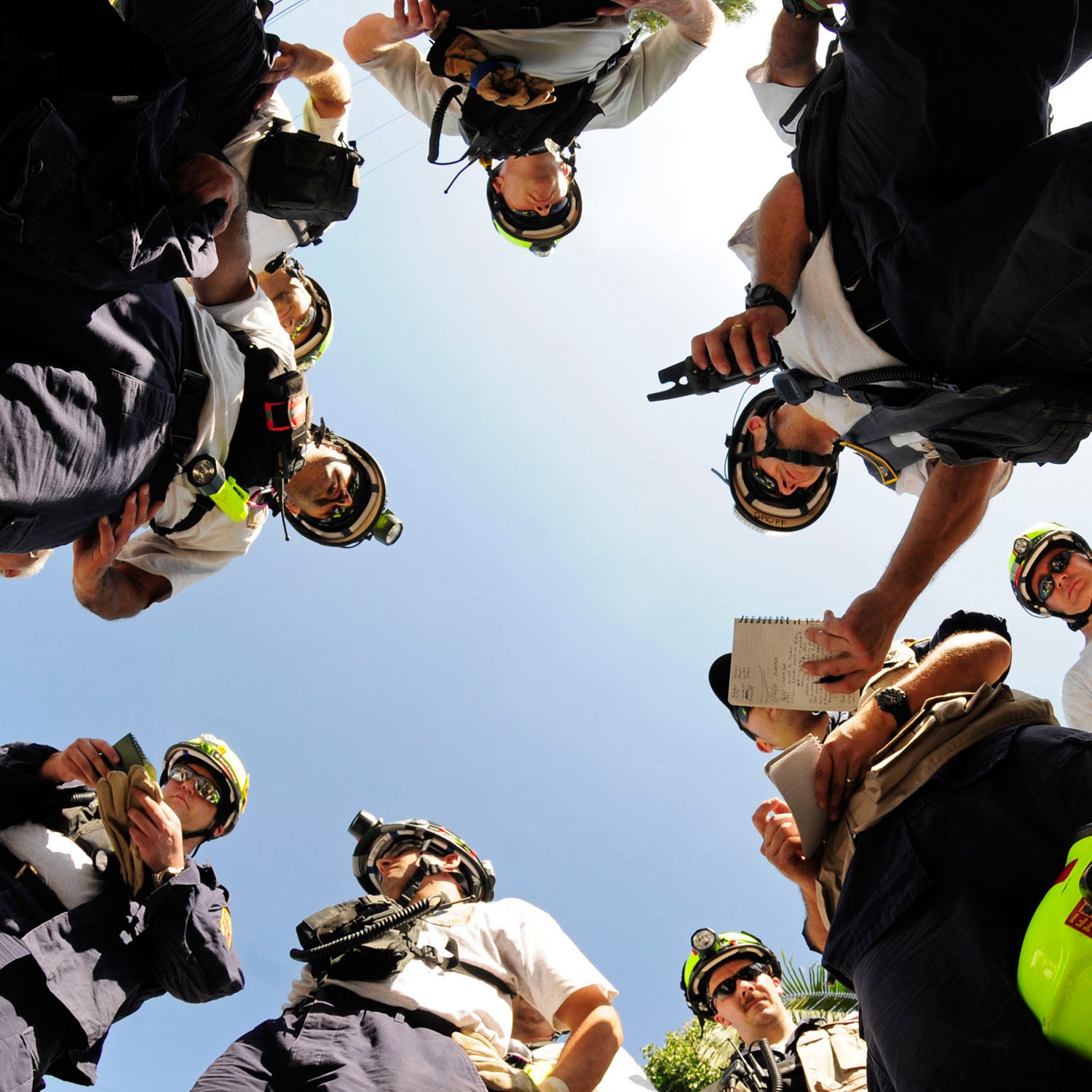The right first-aid kit can save your life in the backcountry, so it’s worth investing the time and the money to get it right.
To find out what belongs in a novice backpacker’s kit, I turned to NOLS , which has trained more than 110,000 students since it started in 1990. Specifically, I asked Shana Tarter, assistant director at the institute, about what to pack in to the backcountry.
While the exact contents of a wilderness first-aid kit depend on the individual, below are four suggestions from Tartar that will set the groundwork for your first setup.
One last note: we strongly recommend you get trained in wilderness first aid before heading into the backcountry. A first-aid kit is like any other piece of safety gear: It won’t do you any good if you don’t know how to use it.
Customize a Store-Bought First-Aid Kit
If you’ve never put together your own first-aid kit, it’s cheaper to buy and build off a store-bought one rather than put something together from scratch, says Tarter. You’ll likely still need to customize, but companies will have assembled products that work well as a baseline.
Start with , which makes a NOLS WMI kit that draws from the group’s extensive medical research. When customizing a kit, Tarter suggests focusing on wound management. Examples include: some product to mitigate blisters, a cleaning agent (dish soap and clean water work just fine), and gauze to dress wounds.
Prepare for the Most Common Injuries
NOLS and other organizations have collected a lot of data about common injuries and illnesses in the wilderness, says Tartar. The most common patterns include damage to muscles, ligaments, and tendons, cuts and bruises, injured feet or ankles, and flu-like illnesses. Most store-bought first-aid kits focus on curing those ailments, with an emphasis on small-wound care.
“Go with industry data as a baseline, then add a customization based on the specific injuries you want to be able to deal with,” Tarter says. So if you’re prone to spraining your knee or ankles, make sure to bring plenty of athletic tape.
Take Inventory and Restock
It’s easy to zip a first-aid kit in your backpack and forget about it. Take some time to inventory everything in your setup. That means replacing band-aids and expired medicine, such as Advil or an epi-pen.
Also be vigilant about items that could have spilled, (think: an antibiotic ointment bottle with a cap that wasn’t screwed on tight). When restocking, make sure to check expiration dates on medications and ointments in the kit.
Stock Up With Products You Can’t Make in the Field
While Tarter finds triangular bandages very useful, she can also easily create a makeshift one from a ripped T-shirt. But an irrigation syringe can clean out a wound more efficiently than any makeshift tool she can build in the field. In addition to irrigation syringes, you’ll want to pack in sturdy needle-nose pliers and surgical gloves that fit properly. Neither of those products are easy to recreate in the backcountry.


